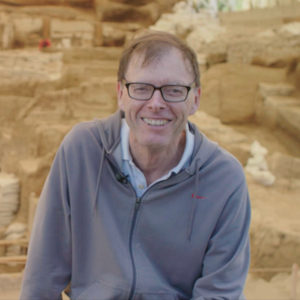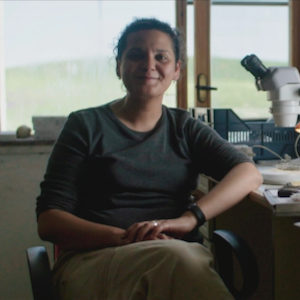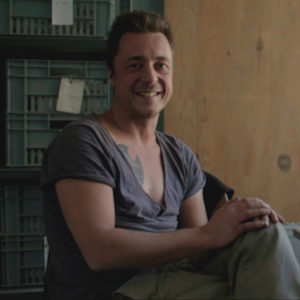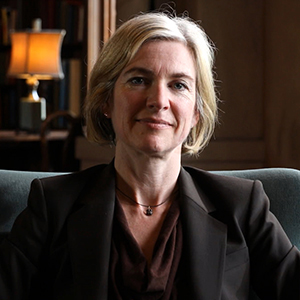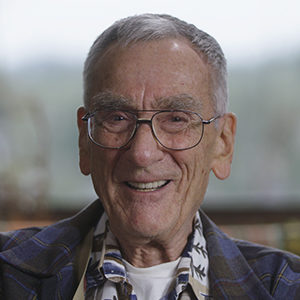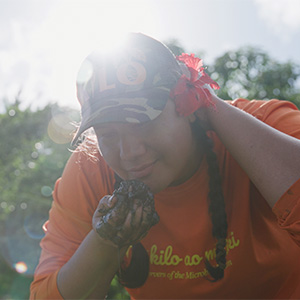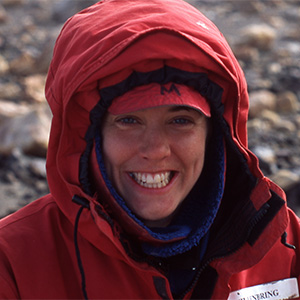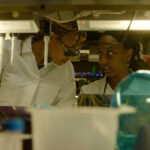Ian Hodder, Ph.D.: If you had sort of rolled up to Çatalhöyük over 9000 years ago, as you came across the landscape you see this great mound in in the distance where around 7000 BC about 8000 people started to live together in a very densely packed community. They lived so closely together that they had no streets, so they moved around on the the roofs of houses and went down ladders through the houses.
So much had to be invented. All these processes that make up a city life. We’re just digging up, for the moment, the first mirrors you know, so people had to invent mirrors. They had to invent belt hooks. They had to find ways of holding their hair together. It’s a very very innovative time. You know you can see people trying things out, tinkering with what we take for granted.
I think the sort of way that we see the environment was not possible before Çatalhöyük because the main changes, the main interventions are are to do with domestication of plants and animals. Agriculture is the the building block of civilization as we understand it. But it also was a trap into which humans got drawn. (laughing) You ready?
The story starts small scale, but you’ll have to talk to Dr. Ceren about why.
Ceren Kabukçu, Ph.D.: You know how some people think little bunnies are cute. That’s the way I I see my little plants. We built up a dependency on them and they built up a dependency on us and here we are. How? Yeah okay. I’ll try. (laughing)
So you really understand it when you actually see what happens to grass. I’ve got domesticated and I’ve got wild. Yeah. And this guy you don’t really even have to pull at it. It’ll just fall and sort of break away, yeah. And that’s what shattering means, this is their wild seed dispersal mechanism. They’ll break away from the ear. They’ll fall in the ground and they’ll dig themselves in. But some small portion of the wild shattering ones will actually have non shattering ears.
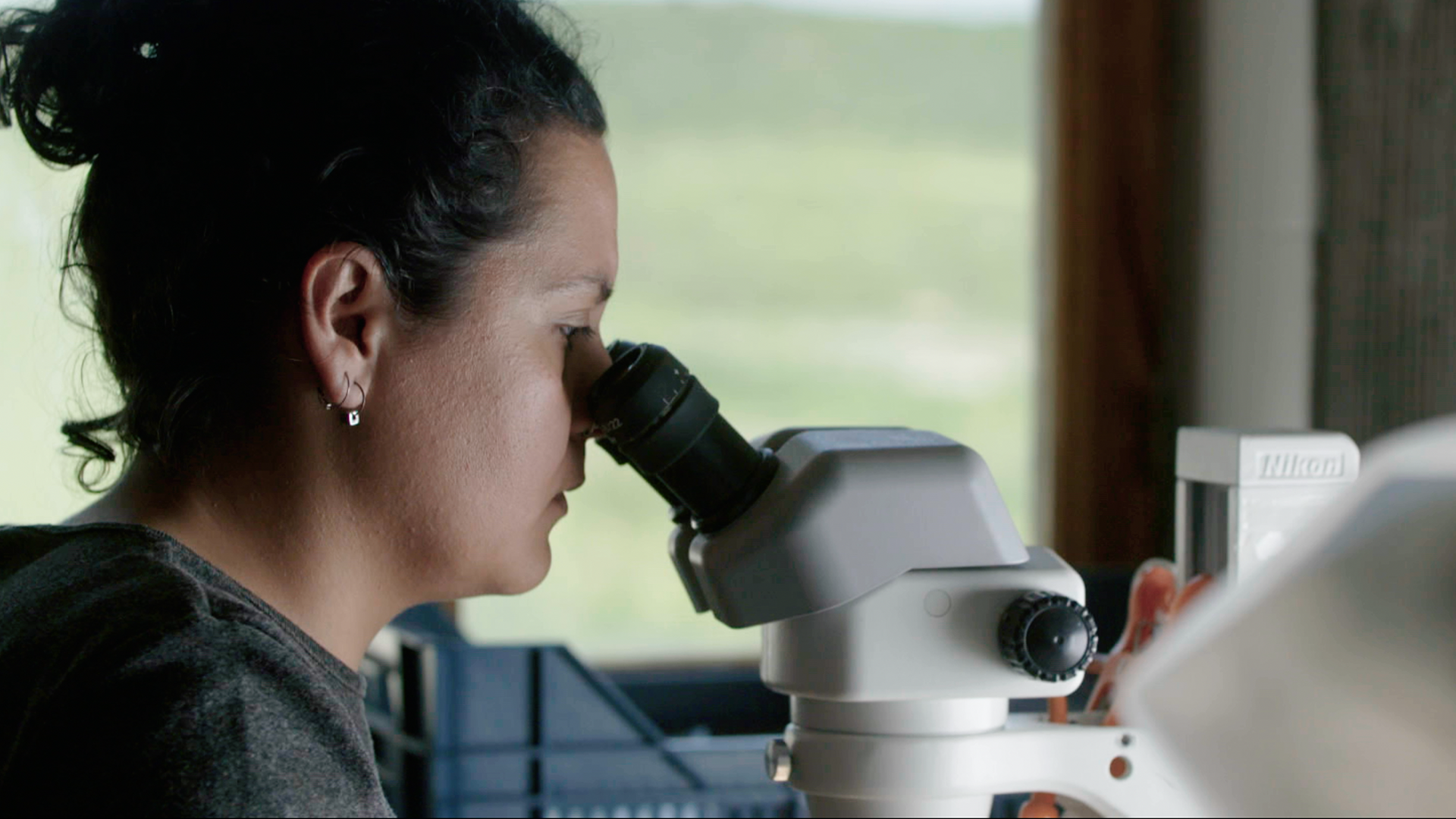
Hodder: The archaeobotanist’s talk about that as a random event. But then the question is, “Why did it become selected for?” And that that’s to do with humans. If you’re gathering plants from a field, the seed is what you want. So you keep selecting ones that are that are easy to collect. You are less likely to collect the ones that are shattered. They’re all scattered over the place.
Kabukçu: Through time the non shattering ears became more prevalent and that’s what became domesticated.
Hodder: But as a sort of unintended offshoot of that, the plants couldn’t reproduce themselves anymore. The seeds got stuck onto the stalk of the plant.
Kabukçu: We actually have to physically go and pull the ears apart. If you had a fully ripe ear and you didn’t pick it or you didn’t harvest it it might actually rot on the ear.
Hodder: So the plant is entirely now dependent on humans. And so if humans want to continue depending on that plant, they get drawn into planting it and looking after it. The first entanglement, the sewing and plowing and harvesting and and winnowing and, you know, grinding it it is it’s all just small work. And one way of dealing with the problem of needing more work is is that you just increase your population size.
All around the world whether it’s maze or yams. Maybe you get apricots. You get increases of people. One way of looking at it is that what really is going on here is that the domestic plants are doing really well out of this. And what they’ve done is they’ve domesticated us. You know, they they’ve forced us to to look after them.
Entanglement. That dual process that started in the neolithic. We got dragged into doing things and we had to work harder to do those things. And in order to work harder we invented new technologies. And those technologies involved us working yet harder. Or doing more complex things. And therefore we had to create more technologies. So there’s a spiral between the humans and technologies.
Agriculture it definitely comes with its negatives. Urbanism. Pollution. Environmental degradation. You know as soon as we got agriculture you see that a decline in health on the skeletons. Partly to do with the the less diverse diet, but it’s also to do with diseases jumping across from animals. These incredible negatives, but they just carry on doing the same thing. On and on in an endless spiral.
Marco Milella, Ph.D.: It’s between 706000 BC. This specific person, I would not know what to pinpoint an exact date, but long long time. Humans started to modify their environment. The domestication of both plants and animals. Yeah. Big changes that, of course, affects culturally biologically all of us.
You think about your position with respect of all the millennial that preceded us and you wonder about possible changes on the future. You cannot stop this ability of our species to change. It’s pretty much like trying to stop a river.
Hodder: You know I think I think we have to accept that that’s one of the distinctive things about us is that we are sort of manically concerned with temporality and change. And so you know, we do things and then the consequences emerge later. So from a young person is it?
Milella: Well it’s looks like a male maybe about maybe 30.
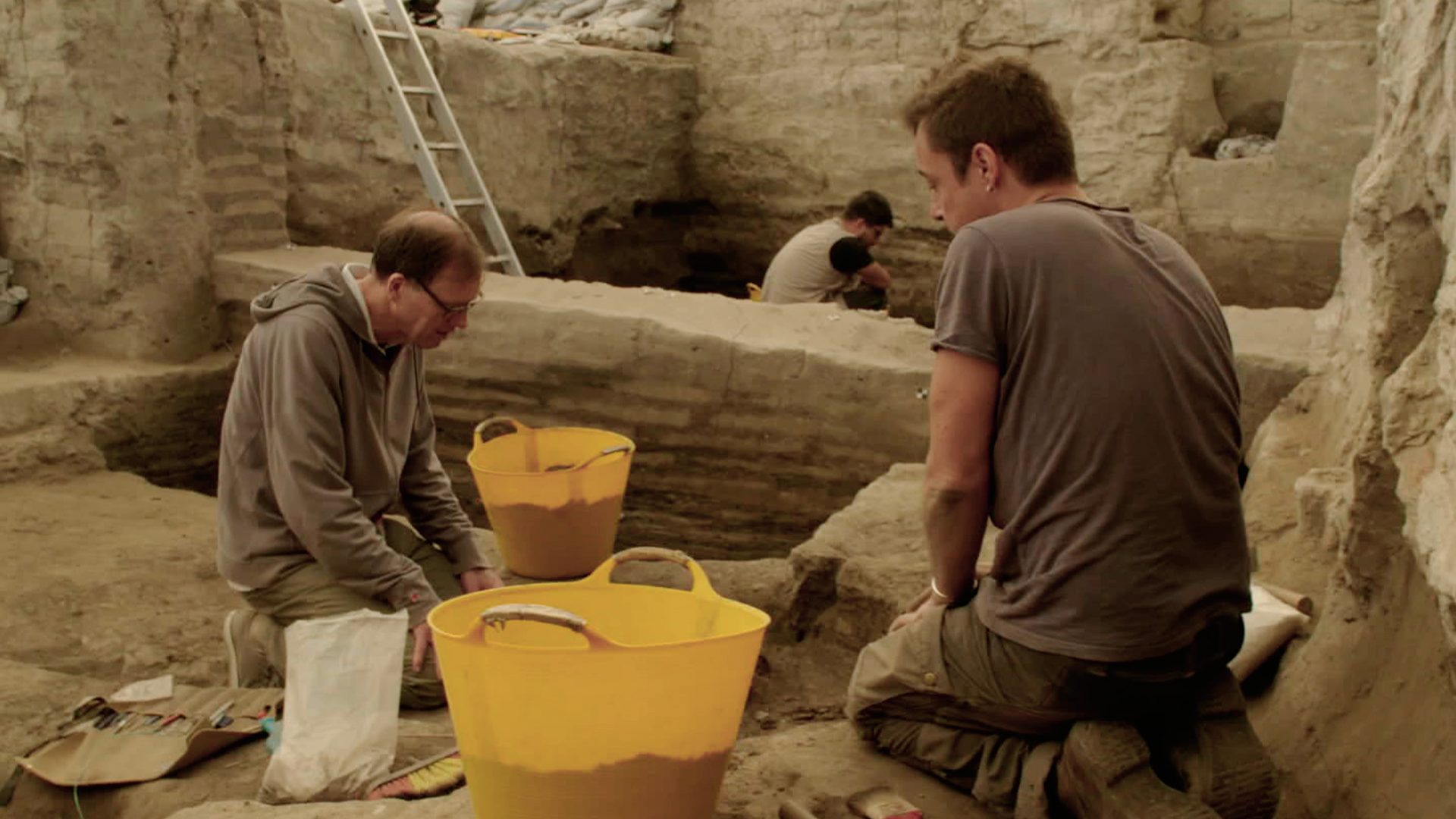
Hodder: The question is whether we can go on finding a technological solution. That’s the great worry, is that sustainable long term?
The lesson from Çatalhöyük is that humans are are very good inventing things but they’re very, very bad at working out what the implications are. You know we don’t have a long term vision, particularly nowadays. We don’t have a sense of the long term impacts of what we do. And I think that’s something that archeologists can really point to. Really long term. (laughing)
Do we sort of pull back from this and say you know technological change is not gonna be the answer we have to change ourselves. We’ve got to change our way of being to reorient ourselves and and what our wants and demands are and trying to reevaluate what it is to be to lead a fulfilled and happy life. And and maybe one that has instant change and and activity is isn’t as good as one that has more stability and and and continuity.
Çatalhöyük Research Project: http://www.catalhoyuk.com
Director: Regina Sobel
Cinematographer: Derek Reich
Editor: Elizabeth Brooke
Original Music: Mark Baechle, Marcus Bagala
Graphics: Chris George, Maggie Hubbard
Associate Producer: Shelley Elizabeth Carter
Field Producer: Meredith DeSalazar
Interview by: Adam Bolt
Executive Producers: Shannon Behrman, Sarah Goodwin, Elliot Kirschner
Additional Materials: Science History Images / Alamy Stock Photo
Jason Quinlan, Çatalhöyük Research Project
Vintage at Cherchell Roman mosaic
“Threshing Team at Prairie, Victoria, Australia with Traction Engine.” Original image by William Henry Thomas of Prairie, Victoria, Australia, father of Wally Thomas. Reproduced image by Bernie Crumpler. East Loddon Historical Society Inc, Thomas Family of Prairie Collection Agricultural Scenes from the Tomb of Nakht; Encyclopædia Britannica
Irish Examiner Archive
The Veteran in a New Field, 1865, Winslow Homer; The Metropolitan Museum of Art, Bequest of Miss Adelaide Milton de Groot (1876-1967), 1967
Harvest Scenes, Tomb of Menna, original c. 1400–1352 B.C., Charles K. Wilkinson; The Metropolitan Museum of Art, Rogers Fund, 1930
Sennedjem and Iineferti in the Fields of Iaru, A.D. 1922, original c. 1295–1213 B.C., Charles K. Wilkinson; The Metropolitan Museum of Art, Rogers Fund, 1930
Sennedjem and Ti harvesting papyrus, original c. 13th-11th centuries B.C.; The Oxford Encyclopedia of Ancient Egypt
Persian Wheels all over Indus, R. Jalbhoy, Karachi. c. 1905; Paperjewels.org
avgeeks, DogPhonics, retrofootage, VelvetMemories / Pond5
Landscape with the Fall of Icarus, c. 1558, Pieter Bruegel; Royal Museums of Fine Arts of Belgium
Babur supervising the laying out of the Garden of Fidelity, c. 1590, Bishndas and Nanha; Victoria & Albert Museum, London
Agriculture: raking rice paddies in China with an ox-drawn plough. Engraving by J. June after A. Heckel; Wellcome Collection. Public Domain Mark—
This video was made with support from the National Science Foundation (MCB-2122350.) Any opinions, findings and conclusions or recommendations expressed in this material are those of the author(s) and do not necessarily reflect the views of the National Science Foundation.
